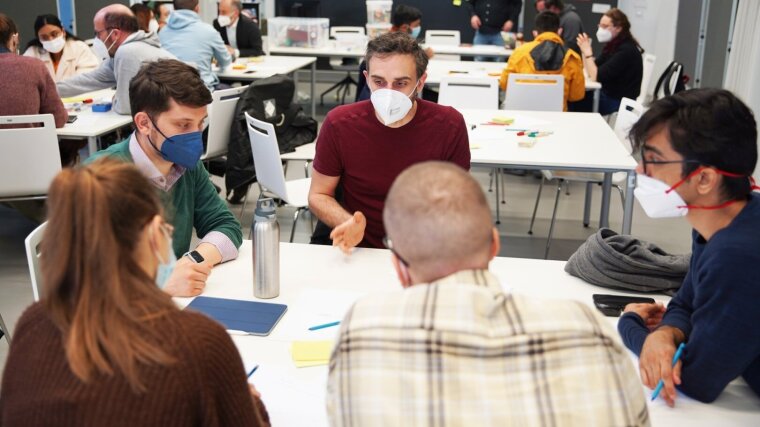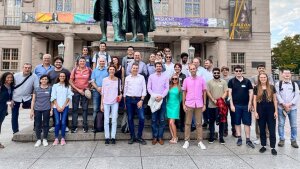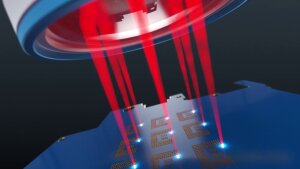
Z – Management of the CRC
Both NOA theoretical and experimental projects are mutually interconnected and deal with complementary aspects of nonlinear optics including the exploration of new nonlinear processes and materials. The work will include the development of novel probes operating on scales much shorter than the optical wavelength. In order to access well-defined low-dimensional systems with atomic dimensions, state of the art nanostructuring technologies will be applied. In Jena, NOA can make use of a one-of-a-kind assembly of facilities, equipment and expertise for nanostructuring and imaging including electron beam lithography for large scale exposure, a helium ion microscope for defining and imaging structures down to the atomic level, and chemical expertise to synthetize well-defined nanoparticles and -wires and two-dimensional structures. To ensure the efficiency and functionality of NOA processes, Project Area Z has been accordingly designed. It comprises an integrated research training group as a research training module, a management and coordination tool, and a service project dealing with nanostructure technology.



